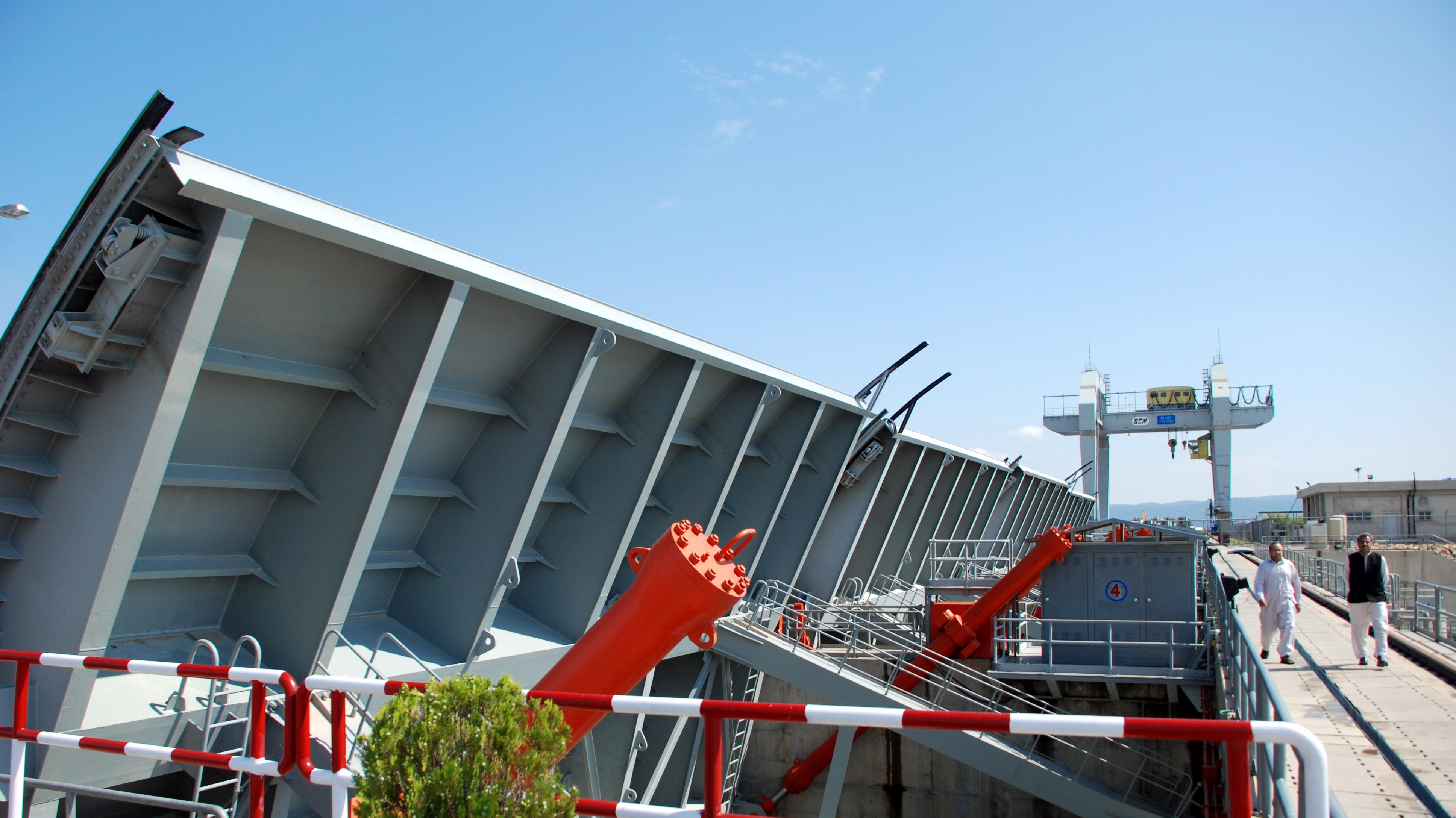Minimal environmental and social impacts
Constructed in northwestern Pakistan just downstream from the massive Tarbela Dam, the Ghazi Barotha project was designed to meet international standards in environmental and social safeguards.
Environmental experts and social scientists were hired from the outset to minimize the project’s impact. A resettlement action plan determined 110 households would be displaced, affecting about 900 people. Three model villages, complete with schools, mosques, and other facilities, were constructed for them.
Compensation rates for land and other assets acquired under the project were determined through a consultation process which included the original owners; while there was initially some resistance toward accepting the valuation and rates of compensation which emerged from this process, ultimately Pakistan’s Water and Power Development Authority accepted the consultative and transparent process for determining compensation rates.
“In a true sense, the impact here was at a minimum,” says Shahid Hamid, Ghazi Barotha’s general manager. “The project involved a straight channel through a relatively small area. Not many people were displaced, farmers were well compensated, and there are job creation programs even today.”
Residents continue to benefit
Saeed Khan used to plant wheat and maize on about 1.5 acres of land where the power project was eventually constructed. He received 870,000 rupees (about $9,000) in compensation and now works as a driver at Ghazi Barotha’s head office.
“With my money, I bought new land that is better irrigated, and my production doubled,” says Khan. His children attend new schools, and their lives improved, too. “Inshallah, maybe they will get good work here as well, some day.”
During the project, a non-governmental organization called Ghazi Barotha Taraqiati Idara (GBTI) was created and funded to help affected people retrain and find new work. The group is still functioning almost a decade after the power project’s completion.
GBTI assists thousands of area residents with micro-credit financing, job skills training, vaccination camps, and other initiatives.
Sitting in a GBTI office recently, Shahnaz Bibi, 35, says she has received three loans to purchase an auto rickshaw for her husband’s taxi service. The family, with seven children, lost no land during the power project, but they still benefitted from the change, says Bibi. “These loans are a big help, also the new schools and health unit are much better.”
Saeeda Kauser, 38, received GBTI loans to start a beauty parlor after the power project was launched. “Ghazi Barotha helped many people,” says Kauser. “Many of us were unemployed ladies just sitting idle at home, but now we have jobs and we can give training to others, too.”
Agha Zafar Ali, a senior program officer at GBTI, says, “There were very miserable conditions in many communities before this project. But now there is much improvement, more jobs and services for the people here. It’s been a big change.”

